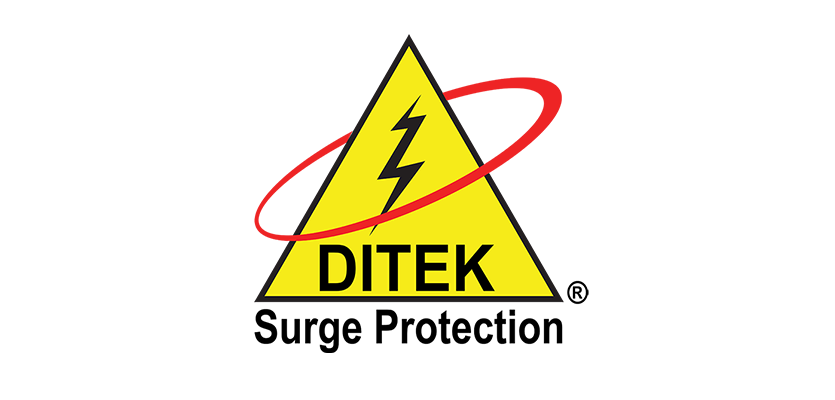SMBs can have enormous computational and processing resources
Our increasingly connected economy, supported by a wide-ranging system of networked data and communications access, has had a broad impact on many elements of our personal and working lives. For example, remote offices can now remain tightly linked to headquarters, sharing IT resources and operating as if they were in the same building, even though they may actually be located thousands of miles apart. Credit card transactions are reviewed and approved in real time, reducing retail fraud and losses. Support functions from data backups to broadcast audio processing can easily be done by service teams via the cloud; and a wide range of useful networked equipment, from POS systems to security surveillance cameras, can quickly and easily be deployed to support the business and security objectives for installations of all sizes.
While all these capabilities have increased overall business efficiency and effectiveness, there is no doubt that the biggest impact has been on small to medium offices and businesses. In the past, SMBs did not have the resources needed to perform the demanding processing and complex operations that could be done by larger organizations. Nor could small businesses locate, connect with, and serve a widely dispersed set of customers in real time.
Today, SMBs can have enormous computational and processing resources at their disposal on demand, and they can connect with and serve customers anywhere on the planet. All this is made possible by the enormous infrastructure networks that connect computers, servers, storage, and communications devices – and by the connectivity to those networks that makes them useful. This includes devices that protect the technology and the network from damaging power surges.
Protecting network connectivity and equipment in small offices and business operations is just as important as protecting larger installations and operations. In fact, it may even be more important for these key reasons:
- Smaller installations may not have deployed the level of electrical surge protection from isolating transformers and other features that is usually routine for large commercial building projects
- Smaller installations can often be located in more isolated areas, where they are more exposed to nearby lightning strikes and other electrical disturbances that can cause electrical surges
- Smaller installations can be more dependent on network connectivity to get their jobs done versus larger installations that have internal resources and processing functionalities
What can small businesses, remote offices, and similar installations do to protect their network access and networked equipment from the negative consequences of electrical surges that can enter their systems through the network cables? The answer is simple and straightforward: protect network cabling with surge protection.
Today, compact network surge protectors are better than ever. They are able to protect standard communications cabling, shielded Ethernet cables, as well as PoE (Power over Ethernet) variations that can be used to power surveillance cameras, switches, and other common networked equipment. New designs such as the DTK-WM4NETS series from DITEK are small enough to be mounted almost anywhere, provide state-of-the-art protection, and make use of Rapid-Replacement Modules so service can be restored quickly should a damaging surge event occur.
Small offices and SMBs may not be able to prevent electrical surges from threatening their operations, but they can easily minimize any damage to their critical equipment, and in the process, they can protect important data – and prevent the costly downtime that damages their reputations and customer relationships.


